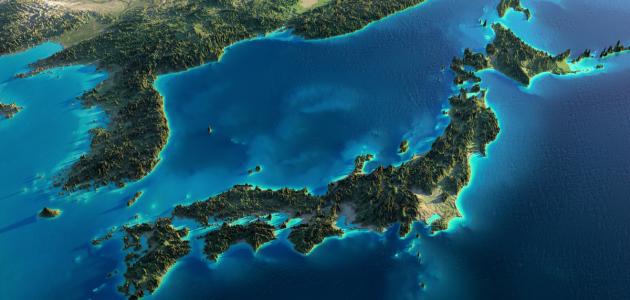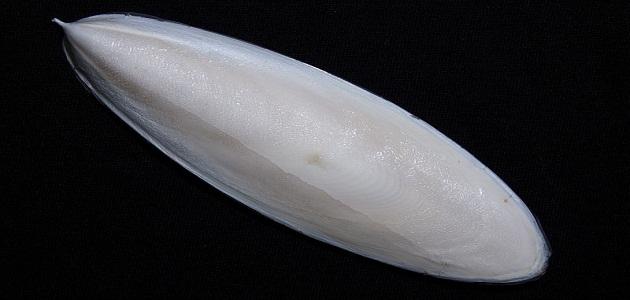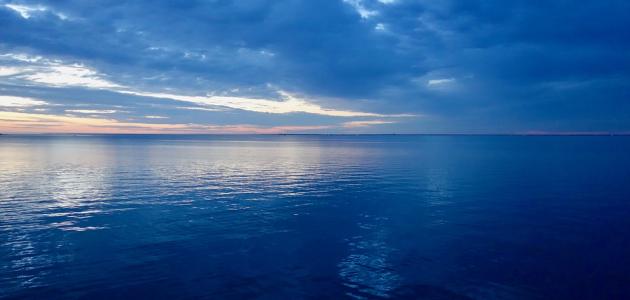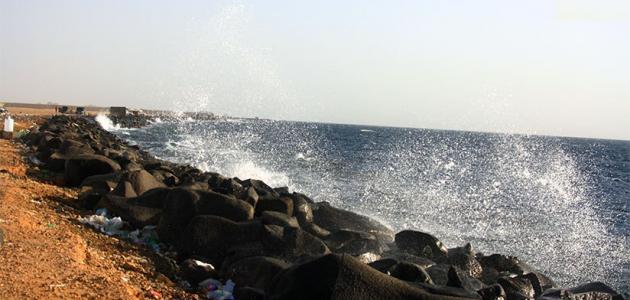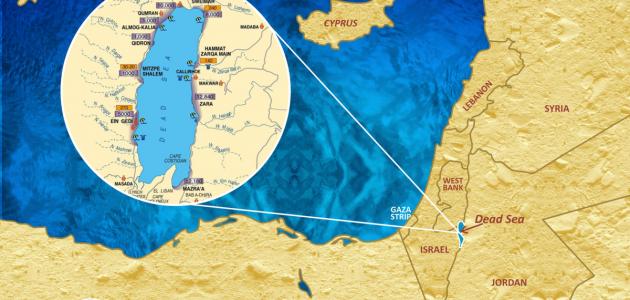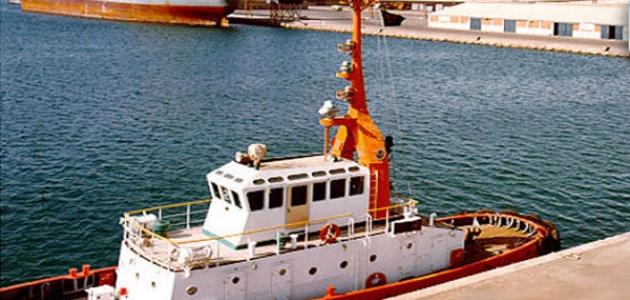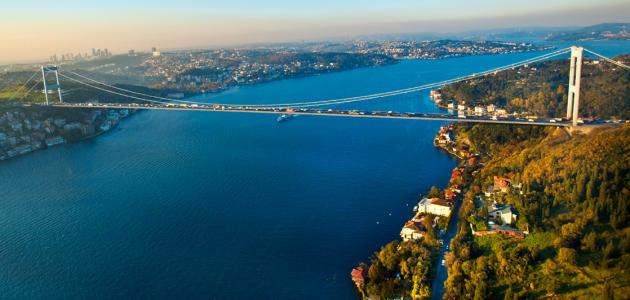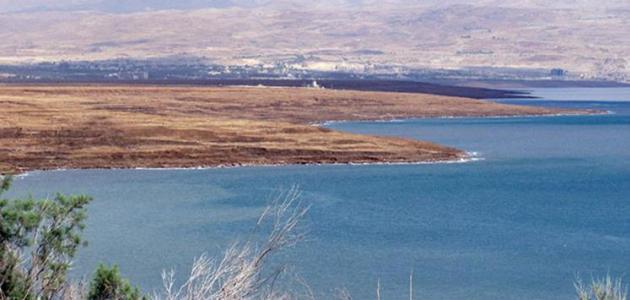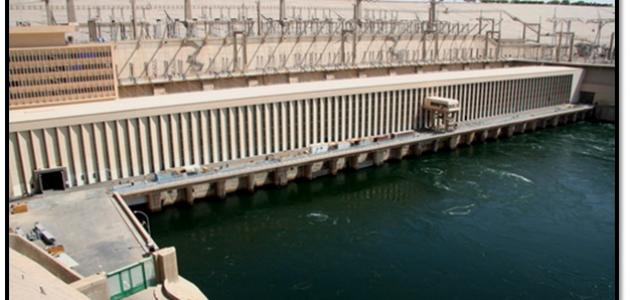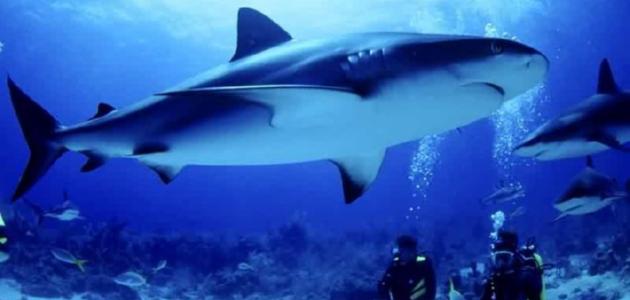Oceans and their importance
Oceans: They are huge salty water bodies that cover approximately 71% of the Earth’s surface area. There are five oceans on the planet Earth, separated by continents: the Pacific Ocean, the Atlantic Ocean, the Indian Ocean, the Antarctic Ocean, and the Arctic Ocean. The oceans are of great importance to the planet Earth and human life on it, as they control the Earth’s weather and climate. Because most of the precipitation comes from the evaporation of water from the surface of the oceans. The oceans also store heat in the summer to release it in the winter, as happens with the Gulf Streams when they make winter temperatures along the coast warmer than areas on land. In addition to the importance of the oceans in influencing the climate, they are an important source of food such as fish and marine products. And a source of drinking water after removing salts from it. People have also used the oceans for transportation and trade since ancient times, and the oceans include complex and beautiful ecosystems such as coral reefs and kelp forests, in which a huge number of living creatures live.
Pacific
The Pacific Ocean: It is a huge pool of salt water that extends from the Antarctic region in the south to the Arctic in the north. It is also located between the continents of Asia and Australia to the west and North and South America to the east. The Pacific Ocean is considered the largest ocean in the world, surpassing the Atlantic Ocean. More than twice the volume of water, occupying approximately 165.25 million square kilometers, or a third of the Earth's surface area. The Pacific Ocean extends from the shores of Antarctica to the Bering Strait at a latitude of 135 degrees. It also extends between the coasts of Colombia in South America and the Malay Peninsula in Asia along a latitude of 5 degrees north within its greatest longitudinal extension, with a length of up to 19,300 km. The Pacific Ocean is the Arctic Ocean in the Northern Hemisphere, specifically in the Bering Sea. In the Southern Hemisphere, the Pacific Ocean meets the Atlantic Ocean in the relatively narrow Drake Passage between Tierra del Fuego in South America and Graham Land in Antarctica. The average depth of the Pacific Ocean is 4,280 metres, and the Mariana Trench, with a depth of 11,034 metres, is the deepest in the oceans.
Read also:What is musselExploration of the Pacific Ocean
The Pacific Islands had been inhabited long before the European discovery of the Pacific Ocean in the 16th century. European exploration of the Pacific Ocean can be divided into three phases:
- Spanish and Portuguese explorations: The Spanish and Portuguese period began with voyages in the early 1620s, when the traveler Ferdinand Magellan made several trips to explore the Pacific Ocean. After his death, his crew members continued exploration trips, and later discoveries included the Solomon Islands, the Marquesas, and the New Guinea region. All of which were discovered by the Spanish traveler Alvaro de Mendana de Neira, the island of Vanuatu discovered by the Portuguese Pedro Fernandez de Quiros, and the Torres Strait by the Spaniard Luis Vez de Torres.
- Dutch Explorations: The Dutch period of exploration of the Pacific Ocean began in the seventeenth century, when Jacob Le Maire and Willem Cornelisson Schouten discovered inhabited islands in the northern Tuamotu archipelago. Islands were also discovered in the Tonga region, the Alofi Islands, and Futuna, and the most famous Dutch explorers, Abel Jansson He contributed to the discovery of islands in the Tonga group, New Zealand, the northeastern sector of the Fiji region, and islands in the Bismarck Strait.
- English and French Explorations: The British and French were distinguished by their many exploration activities in the Pacific Ocean in the eighteenth century. The Englishman Byron explored the Northern Mariana Island and discovered islands in the Tuamotu Strait, the Cook Islands and Tokelau. The Englishman Samuel Wallis also discovered islands in the Tahiti region, while The other Englishman, Carteret, discovered Pitcairn Island and vast areas of the South Pacific Ocean, and his ship sailed to Tahiti, Samoa, Vanuatu, New Guinea, and Solomons. The three voyages of the English traveler James Cook in the second half of the eighteenth century witnessed the pinnacle of European exploration of the Pacific Ocean, where he... His first voyage (1768 AD - 1771 AD) was to Tahiti by discovering Cook Island, Fitwari, Raiatea Island, and Bora-Bora. He surveyed the coast of New Zealand and the eastern coast of Australia. On his second voyage (1772 AD - 1775 AD) he sailed to the south by 70 degrees south, and drew a map of Tonga. And Easter Island, and discovered New Caledonia. His third voyage (1776 AD - 1779 AD) also included exploration of the North Pacific Ocean and the Bering Strait. James Cook was killed in 1779 AD in the Hawaiian Islands, which he had discovered earlier in the voyage. The Frenchman Louis Antoine also made prominent discoveries in Pacific.
Effect of global warming and El Nino
El Nino Southern Oscillation: It is a natural fluctuation that occurs in the tropical Pacific Ocean and affects the ecosystem, agriculture, fresh water supplies, hurricanes, and other extreme weather events that occur around the world. This phenomenon occurs over the tropical part of the Pacific Ocean as a result of a change in air pressure, as the air pressure decreases in the coastal region in the eastern Pacific Ocean due to an increase in air temperature, and winds push warm surface water towards the western Pacific Ocean. Which leads to an increase in the level of cold water, and thus increased rainfall in the New Guinea region and the islands of Indonesia. The phenomenon of global warming also affects the Pacific region, as the average climate will undergo major changes, and the eastern tropical trade winds are expected to weaken, and the Temperatures in the oceans may rise faster near the equator, and a decline in the zigzag of the equatorial thermocline is also expected at the transition between the upper ocean and the deep layers mixed with winds. The fluctuations of the Southern Oscillation are controlled from year to year by a delicate balance in natural processes. And climate change.
Read also:The reason for naming the Red Sea by this name